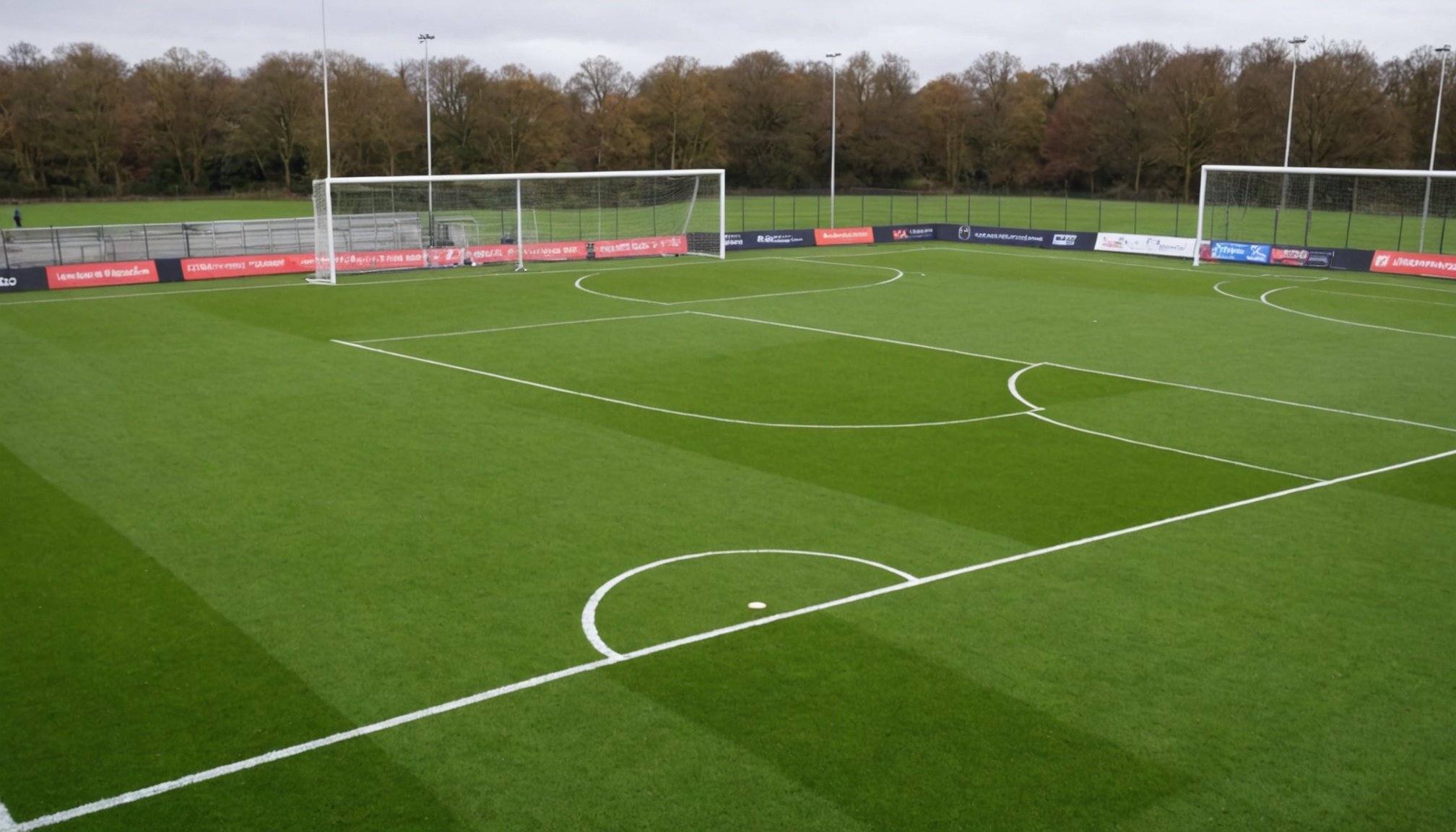The evolution of football pitches in the UK is a topic as perennial as the game itself. With the rise of artificial pitches, debates are reignited over their efficacy and impact on the beautiful game. As the UK climate poses challenges for natural turf, artificial surfaces offer a seemingly perfect solution. However, the conversation is far from one-sided, and this article aims to explore both sides of the coin. Let’s delve into the diverse perspectives on the advantages and disadvantages of artificial pitches in UK football.
The Attraction of Artificial Pitches
Artificial pitches have long been touted as the modern solution to many challenges faced by football clubs across the UK. The advantages of these synthetic surfaces are widely discussed, and they offer compelling arguments for their inclusion in football infrastructure.
Also to read : Unlock exciting offers with the latest betfred promo code
Consistency and Durability
One of the most significant benefits of artificial pitches is their consistency. Unlike natural grass, these surfaces do not suffer from uneven wear, excessive mud, or patchy areas. This uniformity ensures that each game is played under similar conditions, minimizing unpredictability and leveling the playing field.
In addition, artificial pitches are notably more durable than their natural counterparts. They withstand heavy usage without needing the recovery time that grass pitches require. This makes them ideal for community venues and schools where frequent matches and training sessions occur. Unlike natural grass, which is often unusable in adverse weather, artificial pitches offer all-weather playability.
Also read : How has the COVID-19 pandemic reshaped the landscape of UK football?
Cost-Effectiveness and Maintenance
While the upfront cost of installing an artificial pitch can be substantial, the long-term savings are evident. Traditional grass pitches demand regular maintenance, including mowing, fertilizing, and irrigation. In contrast, artificial surfaces require minimal upkeep. This reduces operational costs significantly, making them a financially attractive option for clubs with tight budgets.
Artificial pitches are also resistant to seasonal changes and climate-related issues. In a country like the UK, where rain is a constant, this resilience proves invaluable, allowing games to proceed uninterrupted.
Concerns Over Player Safety and Game Quality
While artificial pitches present numerous benefits, they are not without their detractors. Concerns about player safety and the overall quality of the game continue to fuel the debate.
Injury Risks
One of the primary concerns with artificial pitches is the potential increase in injury risk. Studies and anecdotal evidence suggest that players might experience more injuries on these surfaces, particularly those related to joints and ligaments. The firmer ground and the different traction levels can lead to incidents not typically seen on natural grass pitches.
Additionally, the risk of abrasions and burns from sliding tackles is a concern. Unlike natural grass’s cushioning effect, synthetic surfaces can be unforgiving, potentially leading to more severe skin injuries.
Impact on Game Dynamics
Critics argue that artificial pitches can alter the game’s dynamics. The ball’s behavior differs on these surfaces, affecting dribbling, passing, and shooting. Some purists believe this changes the essence of football, as players must adapt to different bounce and roll characteristics compared to grass.
Moreover, the feel of playing on an artificial pitch can be less authentic, which may impact the overall enjoyment for players and fans alike. The texture underfoot and the artificial “feel” can sometimes detract from the traditional experience.
Environmental Implications
In an age where environmental concerns are paramount, the impact of artificial pitches on the ecosystem is a vital consideration. These synthetic surfaces present a unique set of challenges and benefits regarding sustainability.
Material and Production Concerns
Artificial pitches are primarily made from petroleum-based products, raising questions about the environmental footprint of their production. The creation of plastic polymers involves energy-intensive processes, contributing to carbon emissions. As awareness of climate change grows, the environmental cost of these materials becomes a more significant issue.
Recyclability and End of Life
A critical concern is the end-of-life disposal of artificial pitches. While some components can be recycled, the process is not straightforward or universally implemented. Many pitches, when replaced, end up in landfills, posing long-term environmental risks.
Water Conservation and Chemical Use
On the flip side, artificial pitches do not require watering, representing a significant advantage in water conservation—an important factor in regions experiencing water scarcity. Additionally, they do not need the pesticides or fertilizers necessary for maintaining natural grass, reducing chemical runoff into the surrounding environment.
Community and Economic Impact
Artificial pitches are becoming integral to many communities, offering benefits that extend beyond the football field. However, they also present socio-economic challenges that merit discussion.
Access and Affordability
One of the most compelling benefits of artificial pitches is their ability to provide access to football year-round. Community clubs, schools, and local teams benefit from the ability to play regardless of weather conditions, supporting the growth of grassroots football. This consistent access can nurture talent and foster a sense of community, encouraging participation at all levels.
However, the initial installation cost can be prohibitive for smaller clubs, raising issues of affordability and accessibility. Without external funding, many grassroots organizations may struggle to finance these projects, potentially creating an uneven playing field between more affluent and less financially secure clubs.
Economic Opportunities
Artificial pitches can stimulate local economies by attracting tournaments, events, and training camps, increasing local business activity. However, the potential for economic gain must be weighed against the long-term maintenance costs and potential environmental drawbacks.
The debate surrounding artificial pitches in UK football is multifaceted, encompassing issues of performance, safety, environmental impact, and community benefits. While they provide numerous advantages, such as durability and cost-effectiveness, concerns over player safety and game quality persist.
As football continues to evolve, the decision to integrate artificial pitches must consider the needs of all stakeholders—from players and fans to local communities and environmental advocates. As we navigate this landscape, it is crucial to strike a balance that honors the spirit of football while embracing innovations that promise a sustainable future.











